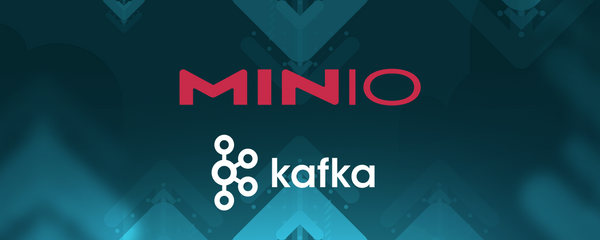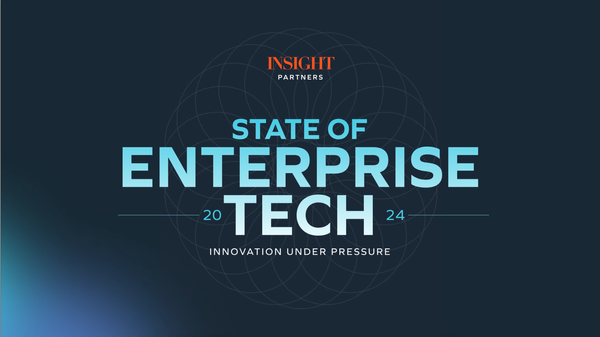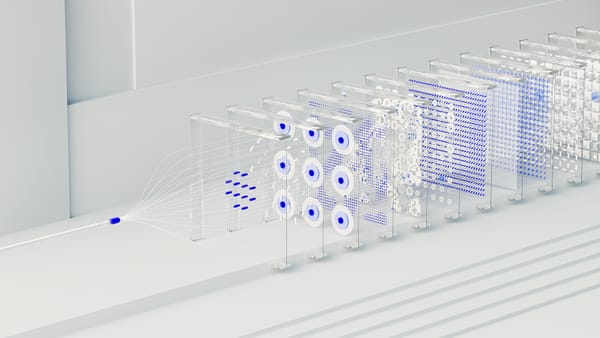Repatriating AI Workloads: An On-Prem Answer to Soaring Cloud Costs

As AI workloads drive cloud costs through the roof, many companies are rethinking their approach. Moving select AI tasks back on-prem offers a path to predictable costs, improved performance, and stronger data control.
Read more


















